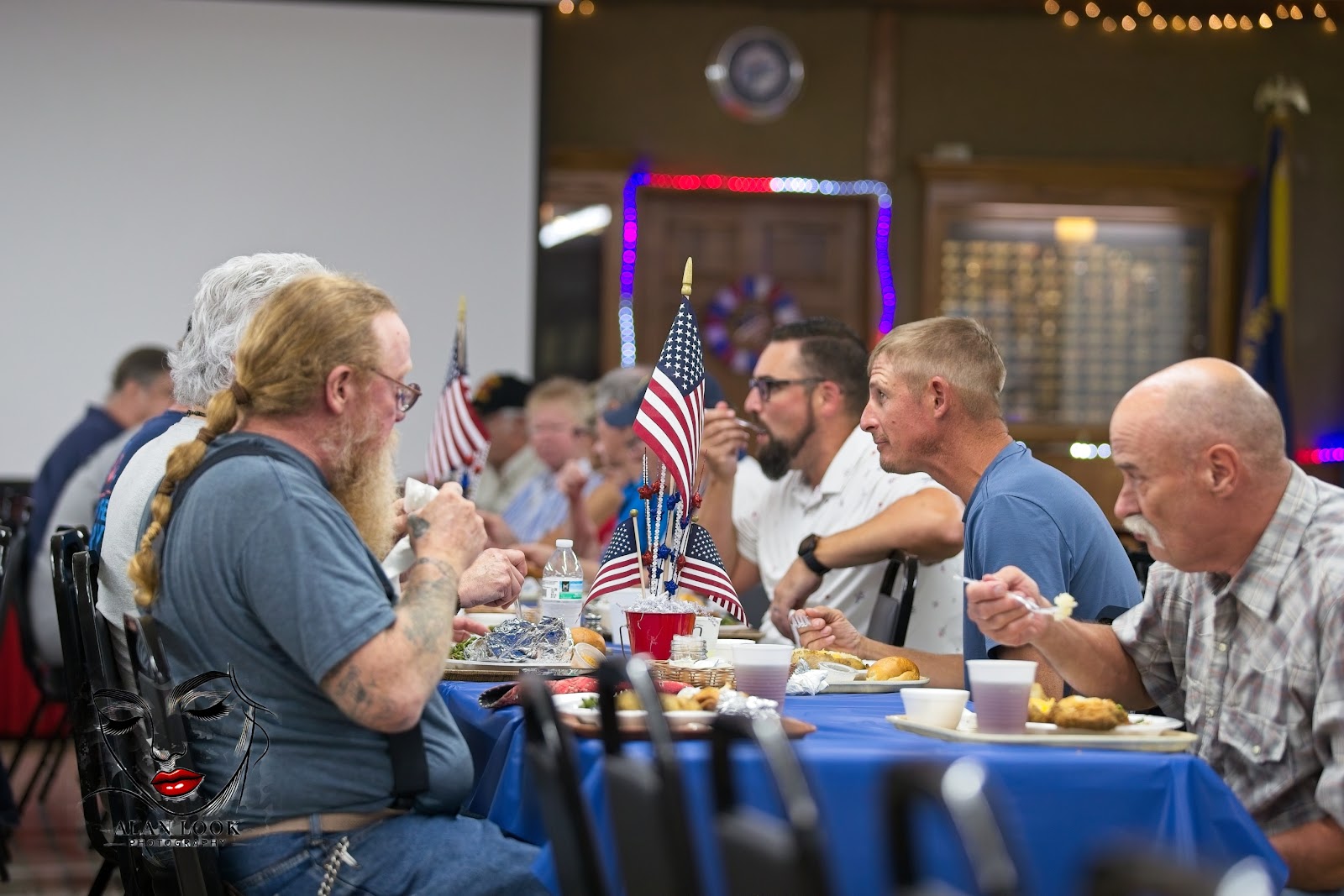Freedom Sings USA Retreat Brings Healing Through Song in Heyworth, Illinois
On June 17 and 18, 2025, the small town of Heyworth, Illinois became a stage for healing, connection, and patriotism as Freedom Sings USA hosted a moving two-day retreat. The event brought together U.S. military veterans and accomplished Nashville songwriters to collaborate on powerful original songs inspired by each veteran’s personal story of service, sacrifice, and resilience.
Veterans Austin Whiskers, Gary Simpkins, Del Saam, Cherish Masters, Mark Buchholz, and Carl Johnston opened their hearts and memories to the songwriting team, allowing deeply emotional and authentic music to emerge. These stories were then turned into songs by a lineup of renowned hitmakers including Don Goodman, Bill DiLuigi, Bill Whyte, Steve Dean, and Bobby Tomberlin—artists with credits spanning country music charts and decades of storytelling excellence.
Joe Hermes, a rising talent in the country and southern rock scene, added an electric presence with his heartfelt performances, while Mrs. Zook, a cherished local guest, shared a story of another veteran. Bob Guy served as the event’s steady and passionate MC, ensuring each moment flowed with care and purpose. Behind the scenes, Sue Lichty and Cindy Rustemeyer worked tirelessly to bring the weekend to life, providing a safe and welcoming space for veterans and musicians alike.
Food and space were supplied by the Sons of the American Legion #624.
The songs created during the retreat were performed live to a deeply moved audience, celebrating the strength, courage, and spirit of each veteran. The event was more than a retreat—it was a testament to the power of music to heal invisible wounds and to unite people across generations and backgrounds.
📸 To view a full photo gallery of the Freedom Sings USA Heyworth Retreat, visit:
👉 www.alanlook.com









